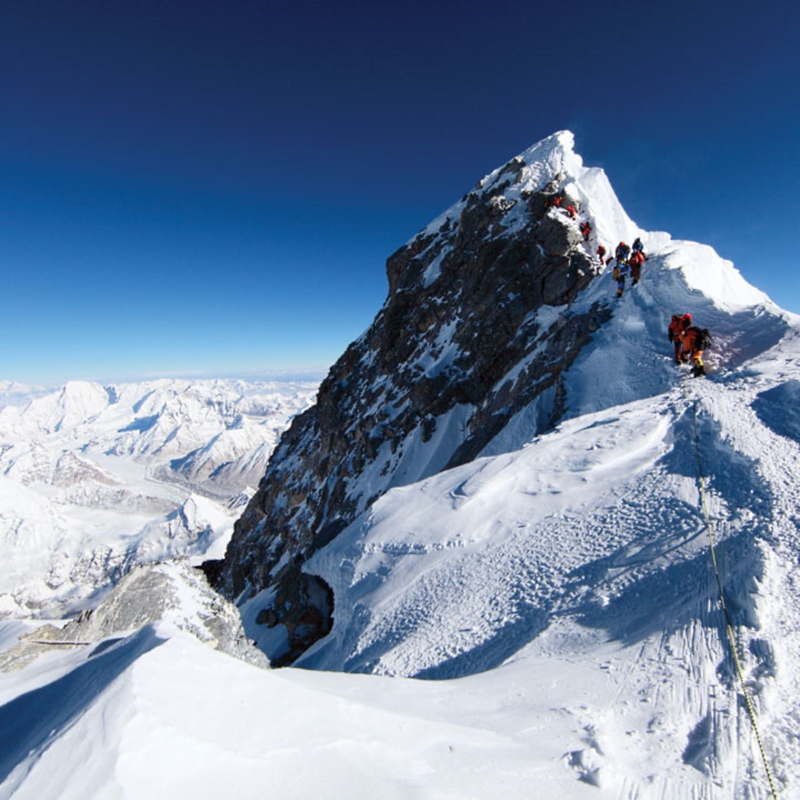An employee of Perbadanan Putrajaya (PPj) died while heading for the Everest base camp. The Malaysian embassy in Kathmandu, Nepal, confirmed that Mohamad Shahrulnizam Ahmad Nazari had died from Acute Mountain Sickness (AMS).
He was a part of the PPj Sports, Recreation and Welfare Club’s expedition to Kalapathar and the Everest base camp, along with 13 other employees. None of the members nor the body of the victim could be flown out of the mountain to the hospital in Kathmandu because of bad weather, an embassy spokesman said. The spokesman said the mission was trying its best to bring the team to safety and provide them treatment.
The team had left for Nepal on 27th May and was expected to return on 10th June. The expedition involved 11 men and three women. They are now camping out in Labuche at the height of 4,100 metres above sea level.
PPj corporate communications senior deputy director Zaharah Salamat said in a statement they had received information that one of their climbers was in critical condition on Monday:
PPj had immediately contacted Wisma Putra for assistance and to coordinate rescue efforts along with the Malaysian embassy in Kathmandu. However, the bad weather hampered the rescue mission as thick clouds prevented the helicopter from reaching the incident site.
The nearest medical facility located at Pheriche, was also closed due to the off season.
Around 7:15pm, we were informed of his passing, and until now we cannot ascertain as to when the body can be flown out to Kathmandu. Following the tragic incident, all climbers had canceled their plans to head to the Everest base camp and are currently staying in Labuche.
Zaharah said currently all the climbers are reported to be in good health and stable condition.
AMS, also known as high altitude cerebral edema, altitude anoxia, altitude sickness, mountain sickness or high altitude pulmonary edema, is an illness that can affect climbers at high altitudes, usually above 2,400m. It is caused by reduced air pressure and lower oxygen levels in the atmosphere.
Symptoms, which depend on the speed of climb and how hard a person exerts himself, can range from mild to life-threatening. In most cases, the symptoms are mild to moderate. They include difficulty in sleeping, dizziness or light-headedness, fatigue, headache, loss of appetite, nausea or vomiting, rapid heart rate and shortness of breath.
Severe AMS symptoms include cyanosis (a blue tinge to the skin), chest tightness or congestion, heavy coughing (sometimes with blood), confusion, decreased consciousness, disorientation and a gray or pale complexion.
AMS is easier to treat in the early stages. Getting back to a lower altitude is essential, although a portable hyperbaric chamber can be used to simulate air pressure at lower altitudes. Oxygen must be given to the victim, along with other medicines to help breathing and reduce the swelling in the brain.
(Source)
